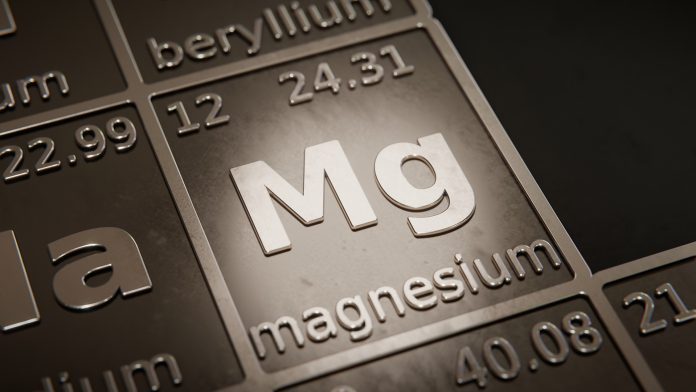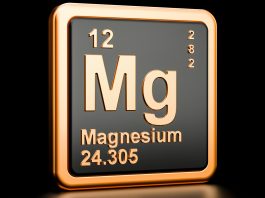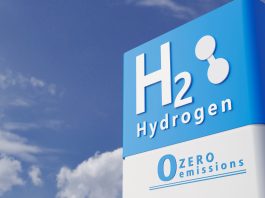Researchers have developed a new method to extract magnesium from seawater to assist the US’ transition to clean energy.
For thousands of years, the ocean has acted as a source of minerals and salts for humans. It is widely known that sodium chloride, table salt, has been extracted from seawater for a long period of time. Today, researchers are analysing which minerals can be removed from the sea as extracting minerals from seawater is not an energy-intensive process. Especially as the world transitions to clean energy, it is essential to reduce the environmental hazards that typically arise from mining critical minerals on the land. Researchers are therefore looking into extracting critical and strategic materials from seawater, specifically magnesium.
Magnesium has a variety of potential uses in clean energy technologies, including in carbon capture, low-carbon cement, and next-generation batteries. The U.S. Department of Energy has recently included magnesium on its list of critical materials for domestic production. Despite the metal’s use in these important technologies, the US’ method for obtaining the material is currently at risk. The existing process for magnesium extraction in the US is through an energy-intensive process from salt lake brines, some of which are in danger due to increasing droughts. Extracting magnesium from seawater will help secure domestic production of the material whilst reducing the environmental impact compared to the current extraction process.
Researchers at Pacific Northwest National Laboratory (PNNL) and the University of Washington (UW) have discovered a way to isolate a pure magnesium salt, a feedstock for magnesium metal, from seawater. Their new method, named the laminar coflow method, flows two solutions side-by-side in a long stream. The process takes advantage of the fact that the flowing solutions create a constantly reacting boundary, as fresh solutions flow by and never allow the system to reach a balance.
The study was published in Environmental Science & Technology Letters.
Extracting magnesium salt from seawater
In the mid-20th century, magnesium feedstock was created by chemical companies by mixing seawater with sodium hydroxide, known as lye. The resulting magnesium hydroxide salt was then processed to make magnesium metal. However, this process resulted in a complex mixture of magnesium and calcium salts, which are costly to separate.
The laminar coflow method involves flowing seawater alongside a solution with hydroxide. The magnesium-containing seawater quickly reacts to form a layer of solid magnesium hydroxide. This thin layer acts as a barrier to solution mixing.
“The flow process produces dramatically different results than simple solution mixing,” said PNNL postdoctoral researcher Qingpu Wang. “The initial solid magnesium hydroxide barrier prevents calcium from interacting with the hydroxide. We can selectively produce pure solid magnesium hydroxide without needing additional purification steps.”
This new process produces pure magnesium hydroxide, allowing researchers to skip energy-intensive and expensive purification steps.
PNNL chemist and UW Affiliate Professor of Materials Science and Engineering Chinmayee Subban said: “Normally, people move separations research forward by developing more complicated materials.
“This work is so exciting because we’re taking a completely different approach. We found a simple process that works. When scaled, this process could help drive the renaissance of US magnesium production by generating primary feedstock. We’re surrounded by a huge, blue, untapped resource.”

Utilising this method for a sustainable future
This new method has the potential to be highly sustainable, a necessary requirement for the world’s clean energy goals. For instance, marine renewable energy and seawater can be used to generate sodium hydroxide on-site. This is used to extract the magnesium salt. By combining the new process with existing technologies, it could be easier and cheaper to turn seawater into freshwater.
The team is excited about the future of the process. Their work is the first demonstration of the laminar coflow method for selective separations. The new method has the potential to be used in various applications, but first, more work must be done to understand the underlying chemistry of the process. This opens new research directions for powering the blue economy.
“We want to take this work from the empirical to the predictive,” said PNNL materials scientist Elias Nakouzi. “There is an exciting opportunity to develop a fundamental understanding of how this process operates while applying it to important problems like creating new energy materials and achieving selective separation of hard-to-separate ions for water treatment and resource recovery.”









